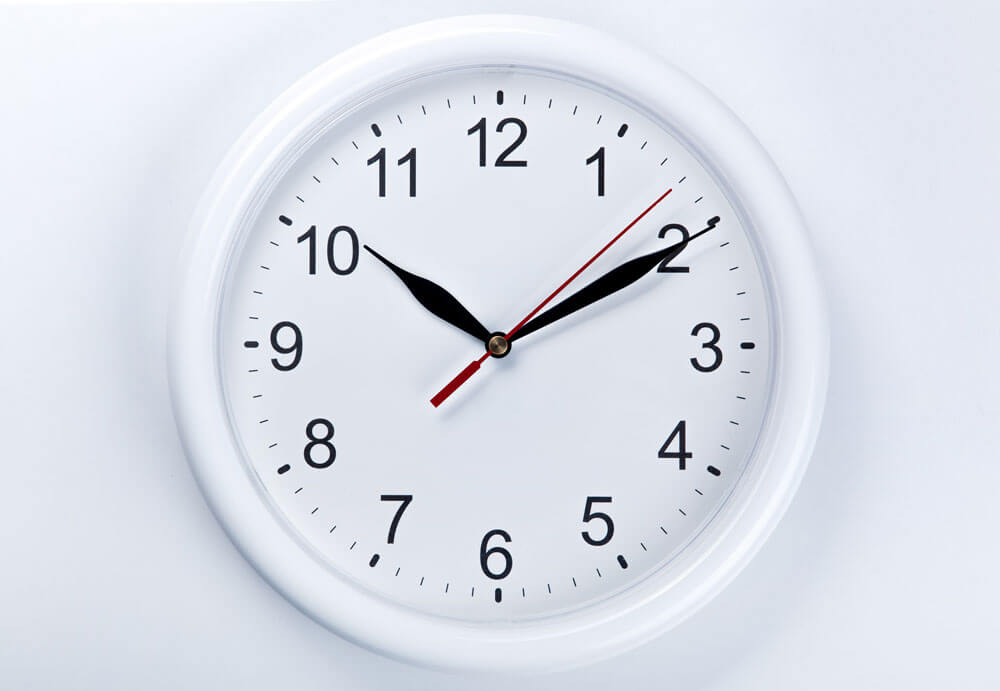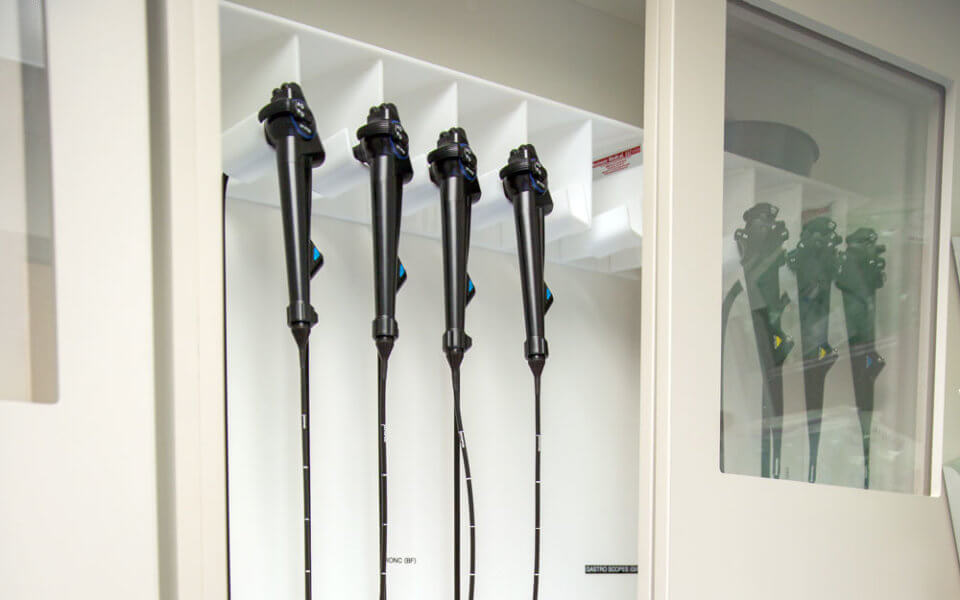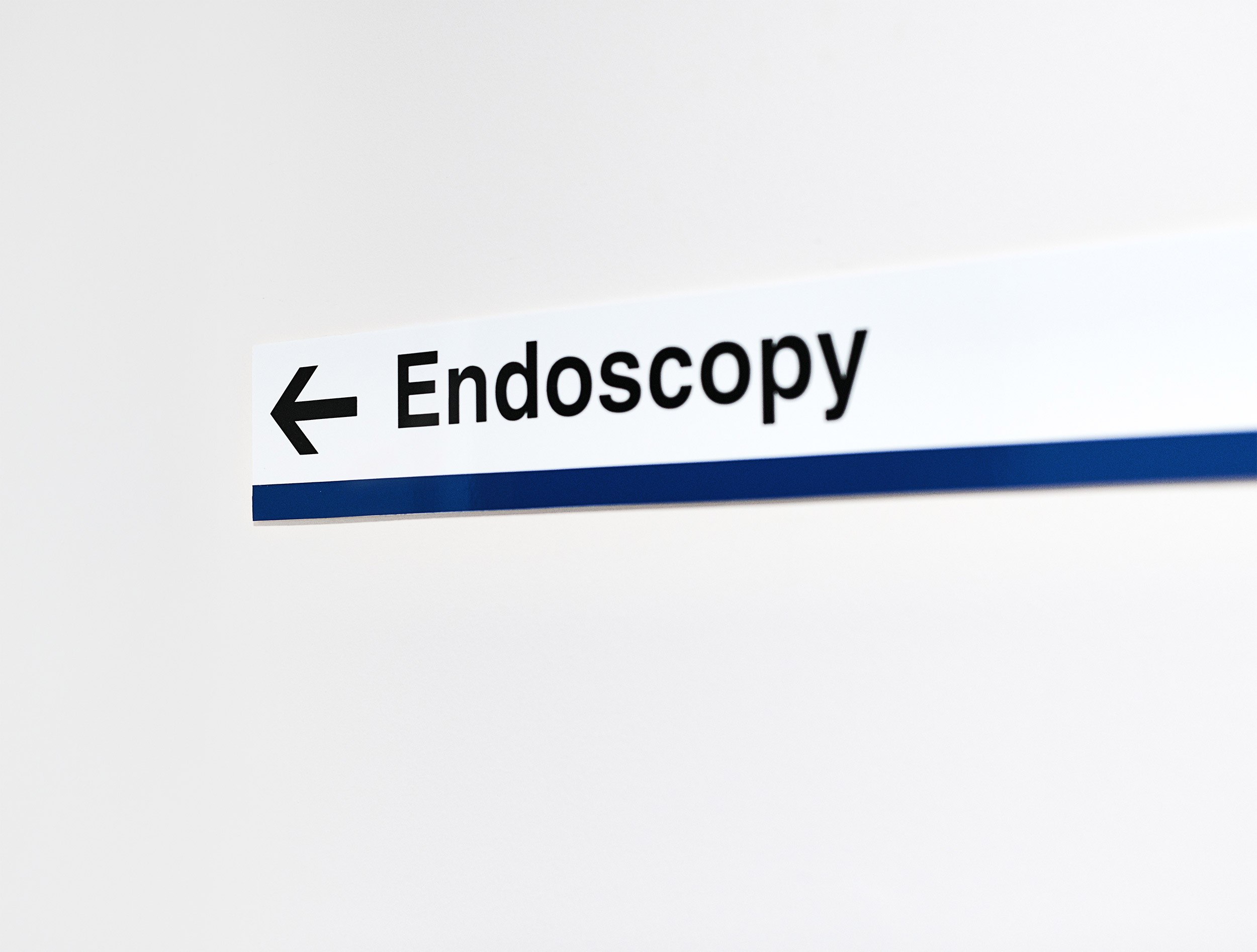
Reusable endoscopes pose a risk for cross-contamination because they are difficult to clean and sterilize between uses.
Humid environments, like the inside of an endoscope channel not properly dried, help facilitate the growth of bacteria like P. aeruginosa, a bacterium that can cause respiratory or urinary tract infections. This waterborne organism is one of the most common organisms found in contaminated endoscopes.
These bacteria can grow and create a biofilm in the right conditions—such as inside the channel of a flexible endoscope that has been recently reprocessed. To help reduce the risk of cross-contamination, endoscope channels must be adequately dried following cleaning and high-level disinfection and prior to storage or the next use.
However, guidelines for reprocessing and drying are inconsistent with one another and there is no standard procedure for both drying and storing of endoscopes. There are multiple ways to dry an endoscope after cleaning and high-level disinfection, including using an automated endoscope reprocessor (AER), drying manually, or using a drying cabinet. Many reprocessing guidelines also include directions to flush endoscope channels with 70-to-90 percent ethyl or isopropyl alcohol followed by forced air drying.
In a recent study published in the American Journal of Infection Control in 2019, researchers sought to determine if the type of storage cabinet—automated drying cabinet vs. standard drying cabinet—made a difference in reducing the risk of microbial growth and biofilm creation post reprocessing.
Working under the assumption that 24 hours was a long enough time period for biofilm to form on the inside of a channel of an endoscope, researchers determined that an automated drying cabinet is better at reducing the risk that biofilm will form after one day of storage.
The study, “Endoscope reprocessing: Comparison of drying effectiveness and microbial levels with an automated drying and storage cabinet with forced filtered air and a standard storage cabinet,” was written by Ryan B. Perumpail, MD; Neil B. Marya, MD; Betty L. McGinty, MS, HAS, BSHSA, RN, CGRN, CER; V. Raman Muthusamy, MD, MAS, FACG, AGAF, FASGE.
Researchers tested two bronchoscopes, two colonoscopes and two duodenoscopes after 24 hours for the presence of moisture. One of each type of scope was placed in an automated drying cabinet, the other in a standard storage cabinet. After 24 hours, all scopes were free from residual water on external surfaces, but the scopes in the standard storage cabinet still had residual water present in the internal channels.
It only took one hour for moisture to be removed from the internal channels in the automated drying cabinet, according to the study.
An automated drying cabinet enables the constant flow of compressed air through an air filter into the different channels of an endoscope. This high-efficiency particulate airflow allows scopes to be stored horizontally, rather than vertically, as is typical for endoscope storage. In addition, automated cabinets also have circulating air within the cabinet to speed the process of drying the external parts of the scope.
A standard storage cabinet, however, does not have high-efficiency particulate airflow or circulating air. Scopes are hung vertically with all detachable components removed.
Endoscopes are incredibly difficult to dry. That was demonstrated in a longitudinal study conducted in 2017 that found residual fluid and debris in 95 percent of endoscope channels after high-level disinfection and drying with AERs. The types of scopes chosen for this experiment—bronchoscope, colonoscope, and duodenoscope—were selected because they are considered the most difficult to dry.
In this recent study, Perumpail and colleagues concluded that while the automated cabinets performed better in this experiment in reducing the risk of biofilm forming on the inside of an endoscope channel, the automated drying cabinet may not overcome preexistence of biofilm. They also used a small sample size and time window, which did not account for wear and tear of endoscopes.


